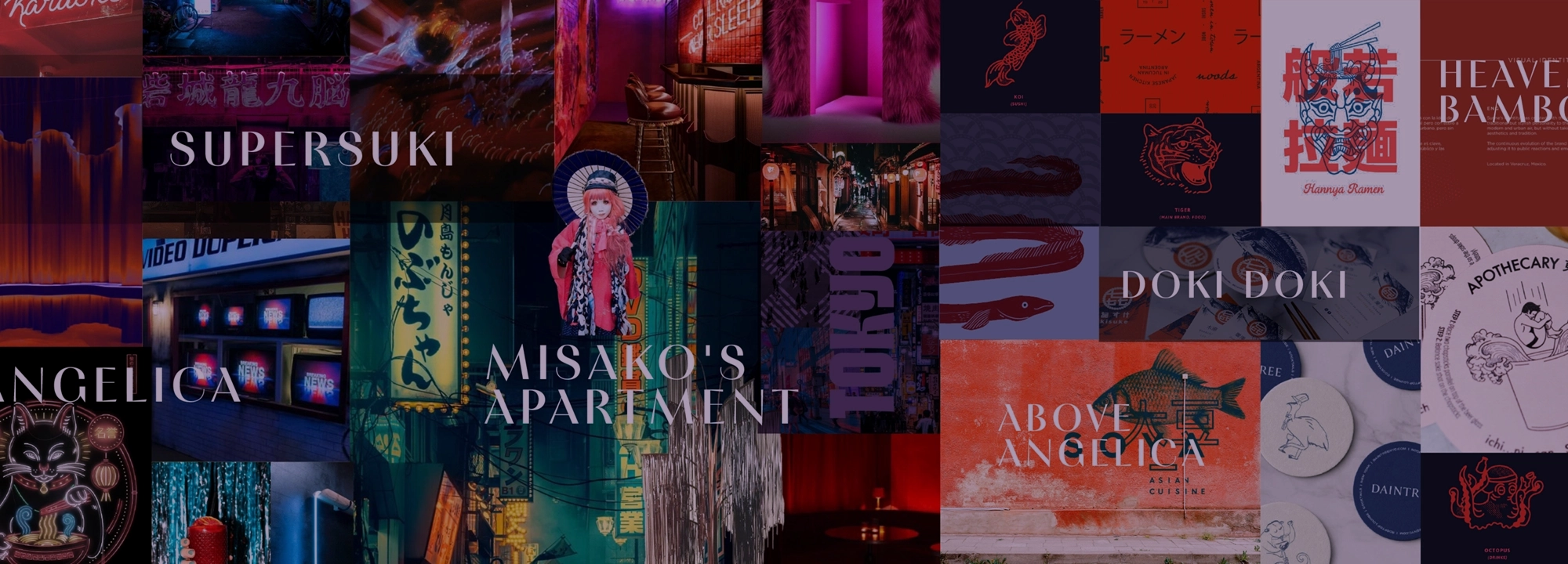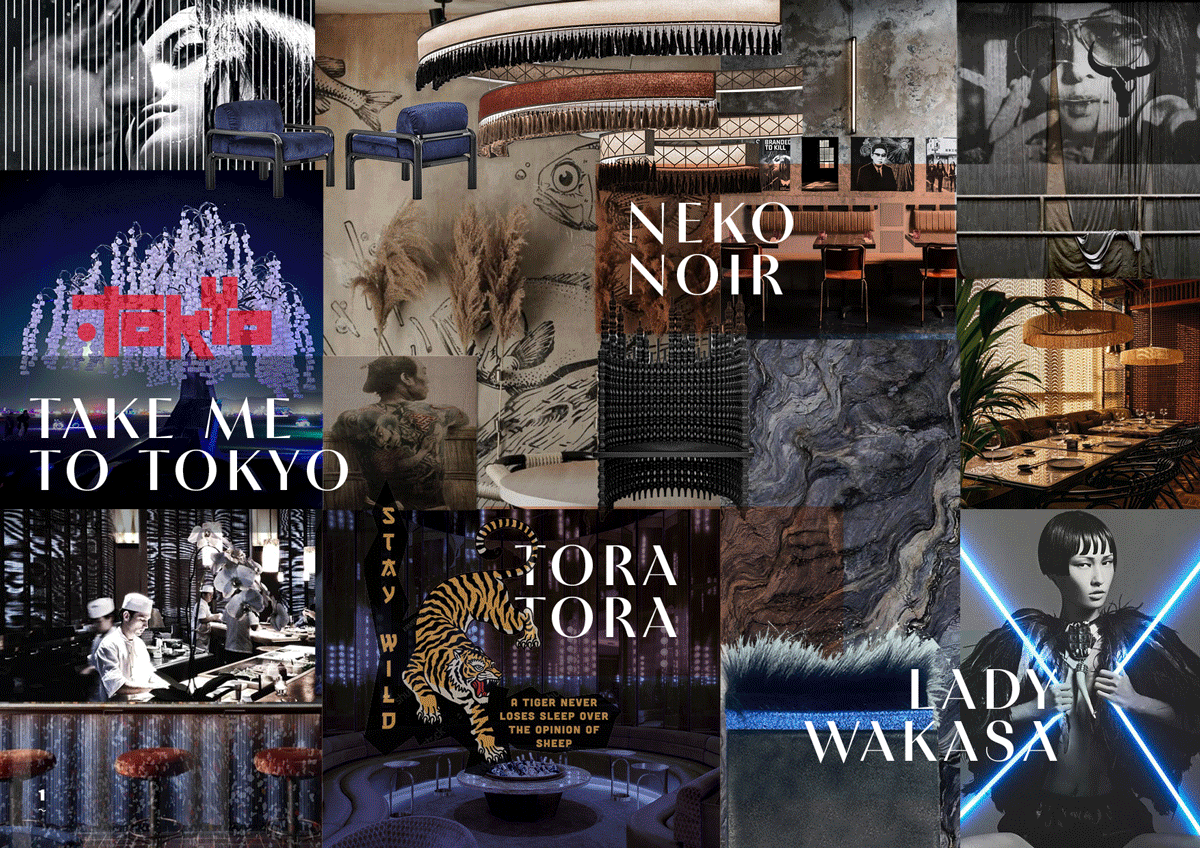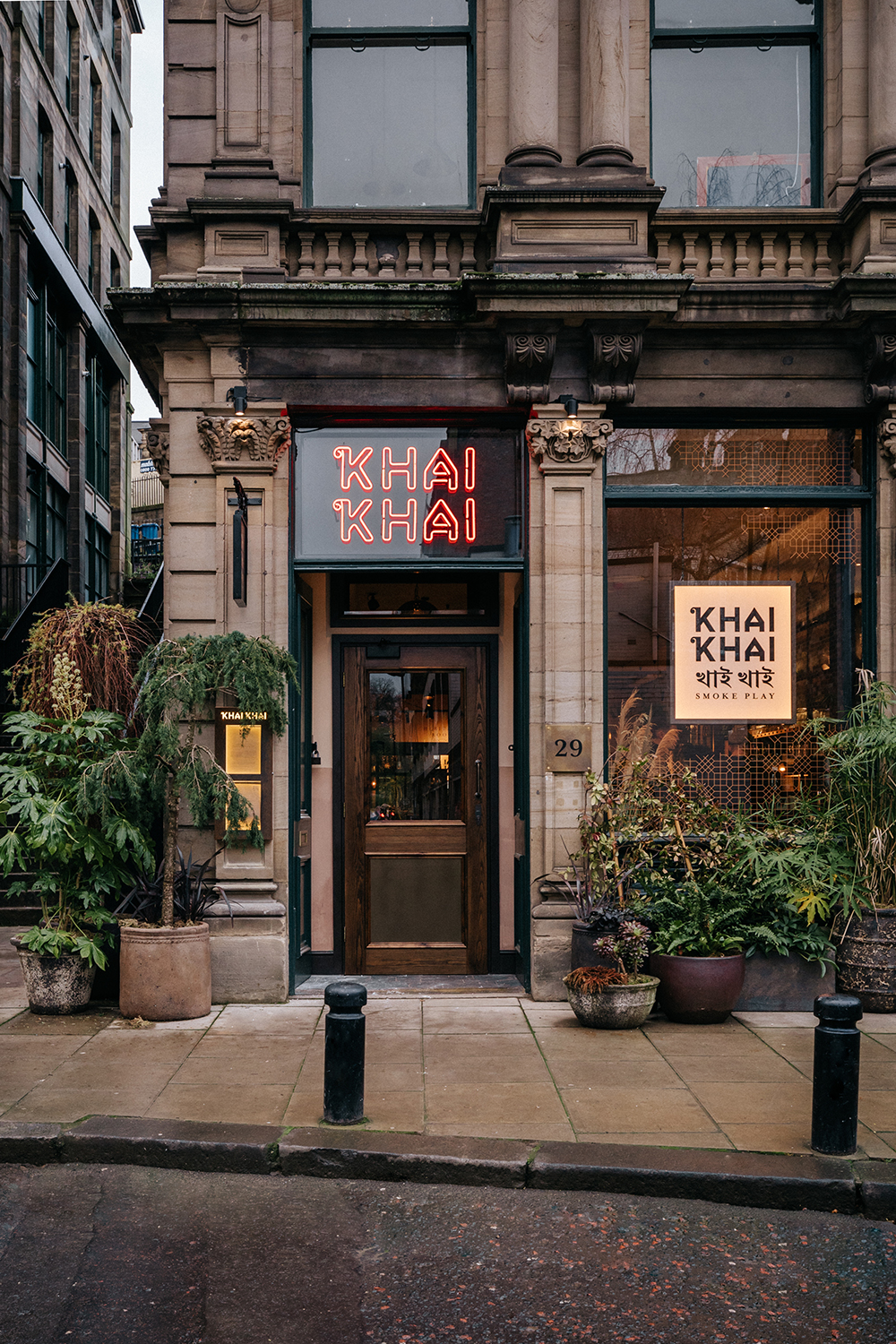Sometimes it’s Personal (and That’s Fine)
Name generation is a tricksy business. There’s no single right way to do it. It’s subjective, unpredictable, and often deeply personal – especially when founders are emotionally invested. In those cases, it’s usually best to let them take the lead. If a founder has a strong preference, we don’t try to steer the ship elsewhere – we help them sail it confidently.
Where the Process Starts
Most branding projects begin with the logo, but you can’t design a logo without a name. So name generation comes first. Our process begins with a detailed briefing and research phase, casting the net as wide as possible. No idea is too odd. We want volume, variety, and a few left-field surprises. From this chaos, we create a longlist, refine it into a shortlist, and present the best three or four contenders to the client – with notes on why they made the cut.
Our Tools of the Trade
We use a variety of strategies to develop names: thesaurus-diving, word blending, suffix-tinkering, prefix-swapping, even playful spelling twists or borrowing words from other languages. But it’s not just about creativity – it’s about context. Cultural resonance matters. So does sector positioning, URL availability, and whether people can actually pronounce it without tying their tongue in knots. Oh, and we always check to make sure the brilliant name we’ve invented doesn’t already belong to a Lithuanian tech startup or an obscure energy drink.
A Cautionary Tale: Naming by Committee
Sometimes, though, logic and strategy go out the window. We once worked on a project where the team had been using a placeholder name for a few years during a long pre-production phase. When we came in to create the brand, naming was the first task. We brought lots of ideas to the large group of stakeholders behind the project. Nothing we presented could beat the emotional weight of the name they’d already grown used to. Dozens of new ideas, some beautifully visualised, were discussed, debated… and ultimately discarded. They stuck with the placeholder. It wasn’t perfect, but it had become familiar – and familiarity can be a powerful (and stubborn) force. Moral of the story? Naming by committee rarely works. It slows things down and encourages indecision.
Don’t Let the Name Hold You Hostage
A good branding studio can work wonders with almost any name. Some wordforms lend themselves better to logo design, sure – but design can elevate even the most average of names. What’s dangerous is spending months procrastinating over the name and then having to rush the actual design because you’ve run out of time. Don’t over think it. There are some huge brands out there with terrible names. Like Oasis. Or The Beatles (and, of course, this is subjective and my opinion). Eventually you can’t even see the name, and when you hear it your head is just filled with images and sounds that those bands made, the name transcends and it becomes irrelevant how bad it actually is. The very short-sightedly named Carphone Warehouse. I don’t even give that terrible name a second thought when I see one on the high street, I just know it’s a place I can get a new mobile phone from. Over time, names become invisible. The brand becomes the meaning.
Final thoughts: Don’t overthink it
Of course, it’s better to launch with a name that’s strong, memorable, and rolls off the tongue. But if your brand identity is on point, your product or service is solid, and the name passes the basic tests – don’t lose too much sleep over it. Your brand will define the name more than the name will define your brand.






